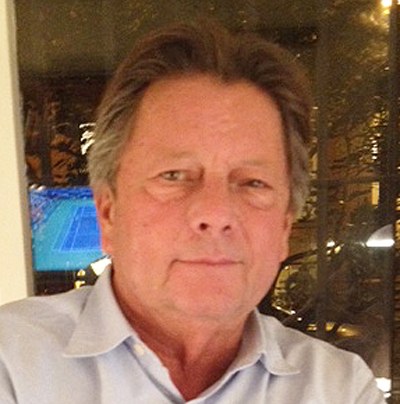Privately owned Quadrant HealthCom acquired International Medical News Group (IMNG) from Elsevier, creating a new medical-publishing juggernaut. Terms of the deal, whose completion was announced today, were not disclosed.
Together, the companies boast a print stable including 29 publications reaching 17 distinct market segments and a circulation of 700,000 MDs and HCPs. Each unit will have its own CEO, and the two will operate under a new name, Frontline Medical Communications.
According to Kantar Media’s Journal Ad Report data, the combined company ranks number one in ad volume for the January-to-June 2012 time period. And on an annualized basis, industry sources said, the two companies will deliver total revenues somewhere north of $60 million, with print about half of that.
“At present the two firms will run largely independent of one another,” Stephen Stoneburn, Quadrant’s chairman of the office of the president, told MM&M. Stoneburn will serve as chairman of Frontline. “There will be a lot of integration with rates and promotional opportunities and things…like the capability to develop attendee revenue from events. But we’ll take our time in identifying how in the future we want to steer things, either to stay separate or come closer together.”
Alan Imhoff, president & CEO of IMNG, will continue in that role, and will join Marcy Holeton, president & CEO of Quadrant. Frontline’s executive suite also includes JoAnn Wahl, president, custom solutions, and Doug Grose, CFO. NJ-based staff of Quadrant and IMNG will combine in one location, a statement noted. IMNG’s content and operations group will remain in Rockville, MD.
There are 19 IMNG titles, plus its society show dailies, a diversified portfolio mostly of the clinical news variety. Family Practice News and Internal Medicine News, IMNG’s two top-earning titles, have seen softer sales this year, as have most professional publications compared to the first half of 2011 (ad spend for medical/surgical journals was down 16.5% overall).
Two-thirds of IMNG’s business is attributed to print advertising; digital, live events and a society publishing division account for the rest. Quadrant is more diversified, with only a third of its business based on print ads, and the rest derived from digital and events, a business Quadrant acquired with its 2009 purchase of Dowden Health Media from Lebhar-Friedman.
Stoneburn said the addition of IMNG makes the company “more interesting” to media agencies because of its greater readership, plus “a reach that involves a differentiated editorial positioning—clinical on the one hand, tabloid on the other.”
Its position is a dominant one. IMNG generated $18.5 million in first-half 2012 print sales, according to Kantar (just under half of total Elsevier print ad revenue), while Quadrant’s ad sales totaled about $7.0 million during that period. By adding the IMNG titles to its business, Quadrant boosts ad revenue to roughly $25.6 million for the Jan.-June period, making the newly merged company easily the number one medical publisher by print sales.
Elsevier trails behind at number two, with $21.7 million in first-half ad revenue, followed by Advanstar Communications at $20.8, Lippincott Williams & Wilkins at $15.3 million, the American Medical Association at $12.9 million, and Haymarket Media at $12.6 million.
“IMNG is a strong business, but Elsevier’s focus is peer-reviewed clinical research,” said a spokesman for Elsevier. “The advertising and pharma promotional-dependent revenue model on which IMNG solely operates does not fit with our long-term health science business strategy. IMNG’s new home will ensure its continued success.”
Stoneburg said Quadrant, a wholly owned unit of New York-based investment firm M.E. Zukerman & Co., will seek to evolve its digital profile, including a proprietary e-database that, with the acquisition, includes one million HCPs. “We have a real capability there to commercialize that even beyond where we are now. We have over 100 e-mail newsletters each month and want to put a lot of emphasis on exploitation of the database.”
The chairman said his company also remains interested in additional acquisitions, including events, certain kinds of niche med-ed businesses and, as always, publications, particularly in markets it doesn’t have a major presence in, such as oncology and cardiology.








